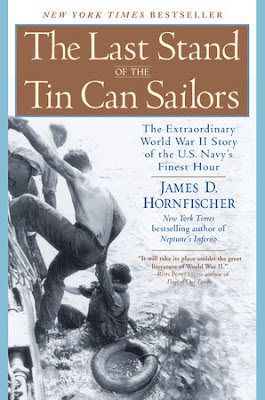Quick Read: 'The U.S. Navy: A Concise History'

© 2015 Oxford University Press On November 30, 2015, the Oxford University Press published Craig L. Symonds' The U.S. Navy: A Concise History. This 152-page hardcover covers the long history of America's naval service from its humble beginnings as the Continental Navy during the American Revolution (1775-83) all the way to its present standing as the strongest military fleet in the world. As the title and number of pages suggest, this book by the author of The Civil War at Sea, The Battle of Midway, and Decision at Sea: Five Naval Battles that Shaped American History is not a comprehensive account of the 243-year-long history of the United States Navy. Rather, it's akin to an orientation booklet that a midshipman might get upon arrival at the U.S. Naval Academy (where Symonds is a Professor Emeritus in the history department) or something that you or I might find at a gift shop in Annapolis, MD or any Navy town. Per Oxford University Press's description, The U.S...





